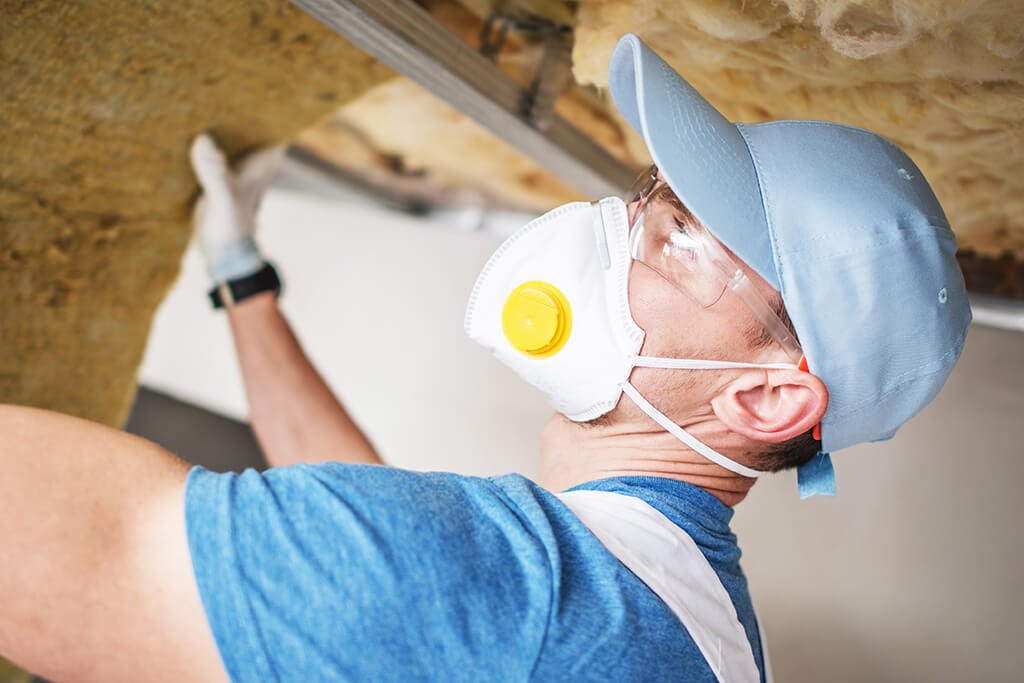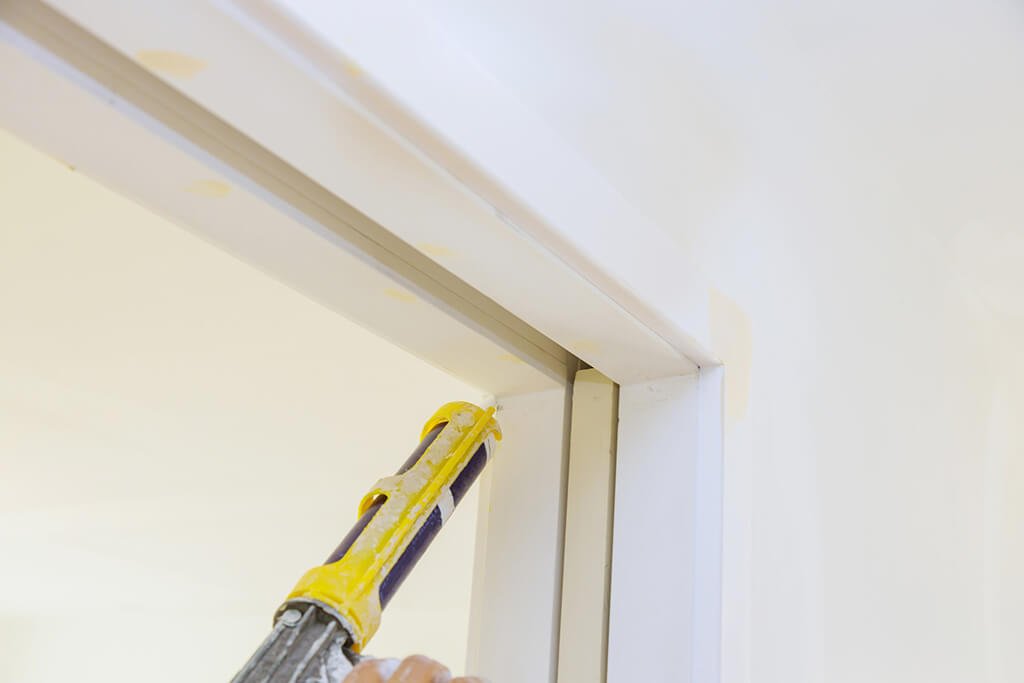Winter is right around the corner, and with it brings increased energy costs for every homeowner. However, there are some practical steps you can take to make your home more energy efficient. Protecting your home from heat loss is one of the best investments you can make and could possibly save you thousands over time. So here are some practical measures you can take to winterize your home.
How to Winterize a House: A Simple Guide to Winterization

start with Insulation
If you’re home lacks insulation, it’s basically like leaving the front door open 24 hours a day. Insulation keeps the cold out and the heat in and is the first step in winterizing a house. If you have an older home, this is especially important. Checking to see if your home is properly insulated doesn’t have to be invasive and can be performed by any daring, home improvement, weekend warrior. By simply removing and inspecting behind the electrical box (WARNING: Be sure to turn off appropriate breaker before removal), you can get a pretty solid idea of how well insulated your walls are. If you determine your walls lack proper insulation, have no fear. There are some truly amazing products out there that can be blown into existing walls. Happy Planet Home Solutions in Chester County offers a completely green product made of recycled materials that may reduce energy costs significantly. In addition, don’t forget to check attic and crawl spaces. These too should be well insulated and are easily accessible.
Windows and Piping
After you take care of your home insulation, you’ll want to inspect window trims and water piping. Many windows (especially older ones) just emit energy. If you feel around your windows (both inside and out) you can feel if either hot or cold air is passing in or out. You’ll then want to caulk around any problem areas. For larger spots, use can use spray insulation. From there you’ll want to consider insulating any exposed hot water piping around your home. Start at your home boiler and go on from there. Basically, what happens is boilers are placed in basements and closets that are typically colder. When pipes become cold, they require more energy to heat them before providing heated water to your faucets, baseboards, or radiators. The idea behind insulating your piping is to keep your hot water pipes as warm as possible as long as possible, effectively wintering your home.

Updating Older windows
Let’s face it, no amount of caulk and spray insulation is going to replace those old windows that have simply run their course. There are some tremendously well built wooden windows on the market; however, they require considerable upkeep. A well-constructed vinyl window can be very budget friendly, while still offering excellent energy efficiency. Whether you choose wooden, vinyl, aluminum, or wood-clad, ultimately, you’ll want to make sure the actual glass in your window has a solid u-value and Solar Heat Gain Coefficient (SHGC). Consider looking into double-hung, casement and picture window types. These three types offer tremendous efficiency and are worth every penny of your investment.
Get an energy assessment
A great part of living in Chester County is that PECO offers energy assessments to their customers. Depending on your finances, these services may be free, but at most cost only $150; a modest investment considering it could save you thousands. PECO even offers a virtual energy assessment at a reduced cost. You’ll receive FREE energy saving products such LED lightbulbs with your assessment, heating and cooling rebates, and a personalized report that can save you between 10-20% on your electric costs annually.



